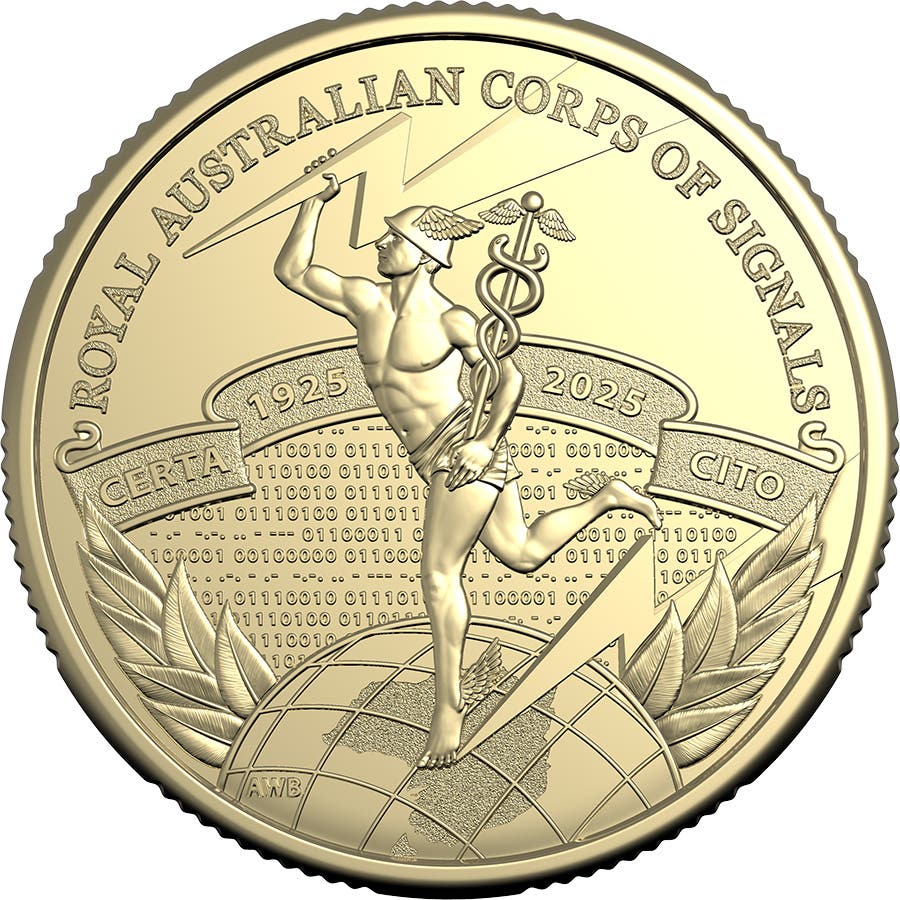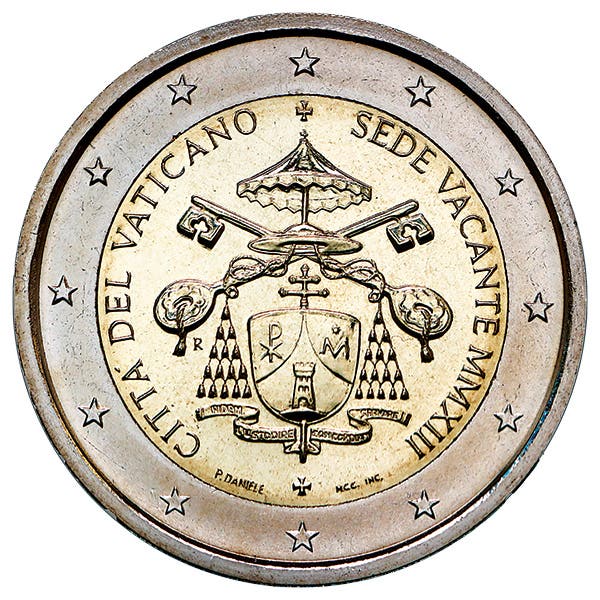Caribbean guilder in development
By Richard Giedroyc It’s been a long time coming, but it now appears that Caribbean guilder coins and bank notes will finally become a reality. According to a Feb. 15…
By Richard Giedroyc
It’s been a long time coming, but it now appears that Caribbean guilder coins and bank notes will finally become a reality.
According to a Feb. 15 article appearing in the Curacao Chronicle newspaper, “The Central Bank of Curaçao and Saint Maarten (CBCS) is currently confronted with some developments and conditions that require the bank to replace all bank notes and coins in a relatively short time.”
Curaçao and Saint Martin, which formerly belonged to the Netherlands Antilles, became autonomous within the Kingdom of the Netherlands after the Netherlands was restructured on Oct. 10, 2010. Bonaire, Saba and St. Eustatius, each of which were also part of the Netherlands Antilles, were integrated into the Netherlands at that time.
The new status of these islands also resulted in the end of the Netherlands Antilles guilder currency system. The Central Bank of the Netherlands is now responsible for the financial supervision of Bonaire, Saba and St. Eustatius, which were dollarized.
Curaçao and Saint Martin were expected to form a monetary union that would use a new common currency to be called the Caribbean guilder (to be abbreviated as CMg). The new currency is planned to be pegged to the U.S. dollar at 1.79 CMg to the dollar as has been the Netherlands Antillean guilder. The Netherlands Antillean guilder or florin was planned to continue as the currency for Curaçao and Saint Martin until the new currency is launched. Bonaire, Saba and St. Eustatius (BES islands) dumped the Netherlands Antillean guilder on Jan. 1, 2011.
The politics are not well documented, but Curaçao and Saint Martin didn’t appear to be in any hurry to establish the Central Bank of Curaçao and Saint Martin as the successor to the Bank of the Netherlands Antilles. In fact although in April 2014 the two islands agreed to negotiate establishing a central bank, in July 2015 Minister of Finance of Curaçao Jose Jardim said the research on a monetary union between the two islands was not a priority. No new currency could be released until the central bank problem was resolved.
A chairperson for this new central bank needed to be chosen by the prime ministers of the two islands. It was later agreed that six additional members would be added to a supervisory board of directors and that the new currency would be phased in over a three-month period. The 2-1/2 guilder Netherlands Antillean coin and 25 guilder bank note denominations are now planned to be replaced by what the central bank calls “20-based denominations.”
Netherlands Antillean 1- and 2-1⁄2-cent coins were introduced in 1979, followed by aluminum composition 1- and 5-cent, nickel-bonded-steel 10- and 25-cent, an aureate-steel 50-cent, and 1- and 2-1⁄2-guilder coins in 1989. An aureate-steel 5-guilder coin followed in 1998. Bank notes were issued in denominations of 5, 10, 25, 50, 100, and 250 guilders. U.S. dollars circulate freely, with credit cards being widely accepted as well.
Information only available through the Curacao Chronicle article indicates the new CBCS is now in a rush to get the new currency into circulation.
According to the Feb. 15 newspaper article, “Action is needed to continue to guarantee the quality of the money in circulation and robustness against counterfeiting. The developments faced by the CBCS are the availability of the bank note papers, the aging of the security features, and the hard to find unprocessed coin blanks. The budget of the CBCS included the introduction of a new currency or an upgrade of the existing series of bank notes and coins in circulation. It involves a total of 10.9 million guilders reserved for this purpose.”
The article continues, “The introduction of the new currency had already suffered a delay from the beginning. The Caribbean guilders did not make it for the start of the new countries. The new date was set for January 1, 2012. That was not achieved, presumably because both countries were not satisfied with the continuation of the common currency and the central bank.”
This article was originally printed in World Coin News.
>> Subscribe today or get your >> Digital Subscription
More Collecting Resources
• The Standard Catalog of United States Paper Money is the only annual guide that provides complete coverage of U.S. currency with today’s market prices.
• Purchase your copy of The Essential Guide to Investing in Precious Metals today to get started on making all the right investing decisions.








